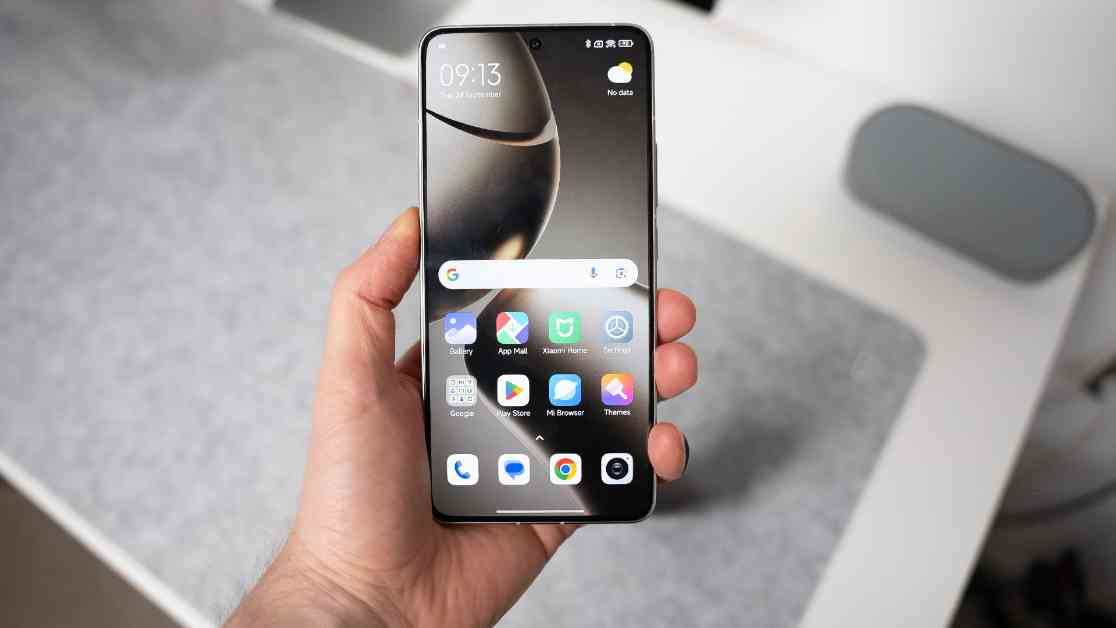Phones Shipping Without Charger: A Growing Trend
The decision by smartphone manufacturers to ship high-end phones without a charger in the box is becoming a growing trend in the industry. Xiaomi, known for its innovative devices, recently joined the likes of Apple, Google, OnePlus, and Samsung in opting not to include a bundled charger with its latest flagship Android phone, the Xiaomi 14T Pro.
This move by Xiaomi has sparked discussions among consumers and industry experts alike, with many questioning the rationale behind such a decision. Xiaomi’s statement suggests that the European Common Charger Directive could be a contributing factor to this trend. The directive, aimed at reducing e-waste, encourages the sale of devices in the EU without a bundled charger. As a result, Xiaomi is likely following this guidance in its decision to exclude the charger from the Xiaomi 14T Pro package.
The Impact on Consumers
For consumers, the absence of a bundled charger means that they will need to purchase a separate 120W charger for the Xiaomi 14T Pro or rely on a USB-PD charger. While Xiaomi devices have historically had mixed support for the USB-PD standard, recent improvements in this area mean that users can still achieve fast charging speeds with compatible chargers. This contrasts with other manufacturers like OnePlus, whose devices may experience slower charging speeds when using USB-PD chargers.
The move to exclude the charger from the Xiaomi 14T Pro also marks a shift in the company’s strategy regarding bundled accessories. In the past, Xiaomi had included chargers with its flagship phones, but the recent decision to omit them signals a change in approach. This change is reflective of a broader industry trend towards reducing packaging waste and promoting sustainability in the production and distribution of electronic devices.
Industry Trends and Future Outlook
The decision by Xiaomi to ship the Xiaomi 14T Pro without a charger is part of a larger trend within the smartphone industry. As more manufacturers move towards reducing packaging waste and promoting environmental sustainability, the exclusion of bundled chargers is likely to become more common. This trend is driven by a combination of regulatory requirements, consumer preferences, and industry initiatives aimed at reducing the environmental impact of electronic devices.
Looking ahead, it remains to be seen whether other smartphone manufacturers will follow suit and exclude chargers from their flagship devices. While the move may initially be met with skepticism from consumers, it could ultimately lead to positive outcomes in terms of reducing e-waste and promoting more sustainable practices within the industry.
In conclusion, the decision by Xiaomi to ship the Xiaomi 14T Pro without a charger reflects a broader industry trend towards reducing packaging waste and promoting environmental sustainability. While the move may present challenges for consumers in the short term, it signals a shift towards more eco-friendly practices within the smartphone industry. As the debate around bundled chargers continues, it will be interesting to see how manufacturers and consumers adapt to this changing landscape.


































































